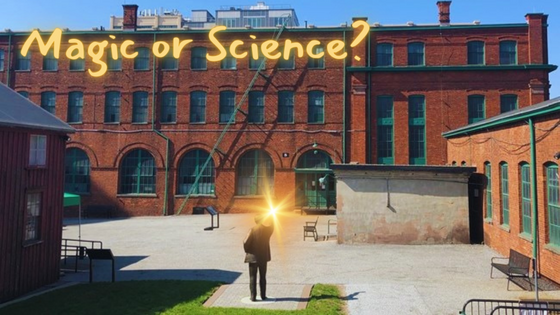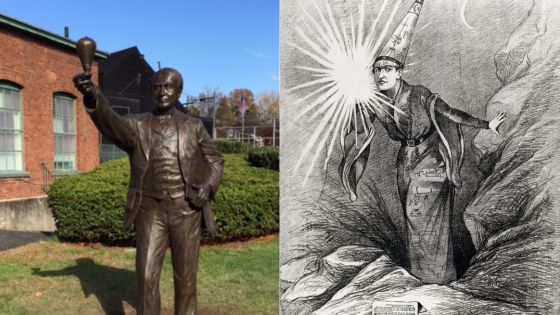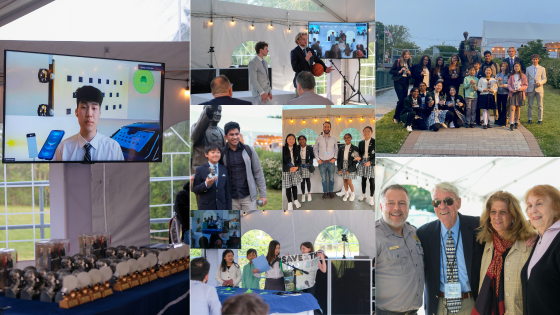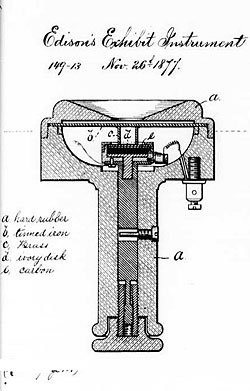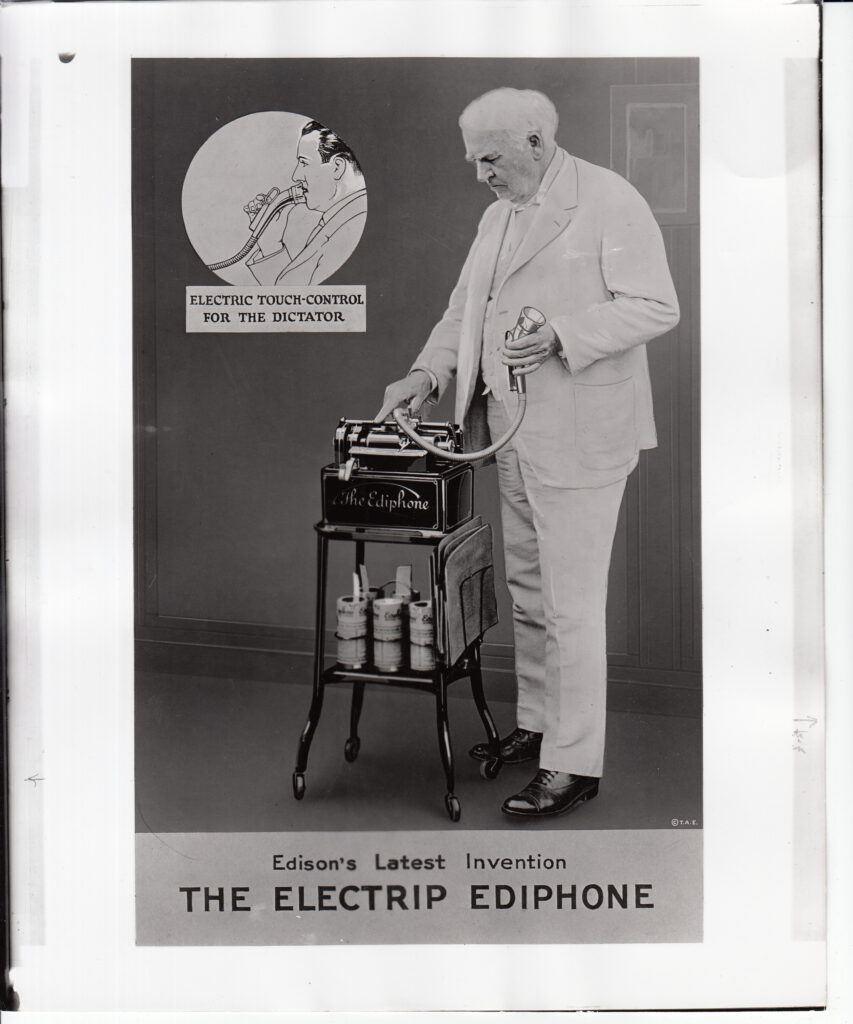It’s just an old red brick building, but probably one of the most important structures in American business history. Known as Building 5, and named by Thomas Edison himself, this is the fabled “invention factory” – the place the process of transforming raw ideas into marketable products was codified. The very heartbeat of innovation was born and perfected here.
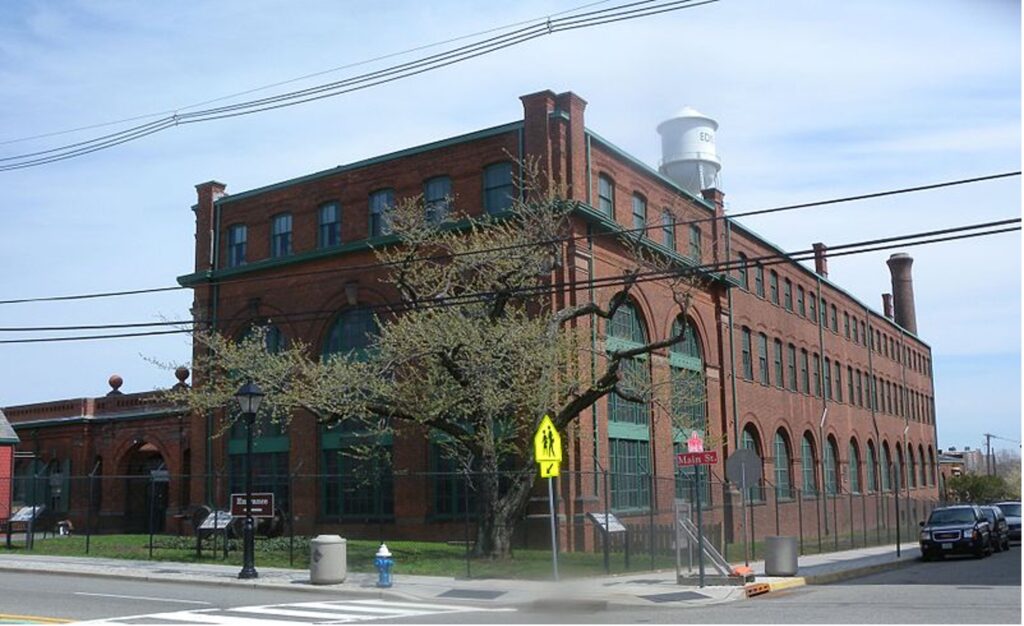
Teams of men under Edison’s direction, skilled in both the professional sciences and industrial arts, came together to solve important and marketable problems aimed at improving humanity and removing the drudgery of life.
From his iconic 16,000+ volume library and office, Edison honed team-based problem solving to a fine edge.

Typically, 30-40 teams were constantly at work on problems identified by Edison, using the incredible workshop on the first level to produce rapid prototypes of their creations for detailed testing and validation against expectations.
This would later give birth to commercial R&D labs, the large-scale spawning ground for American ingenuity and global competitiveness. Today, this philosophy is the mainstay of STEM education in schools and rising makerspaces.
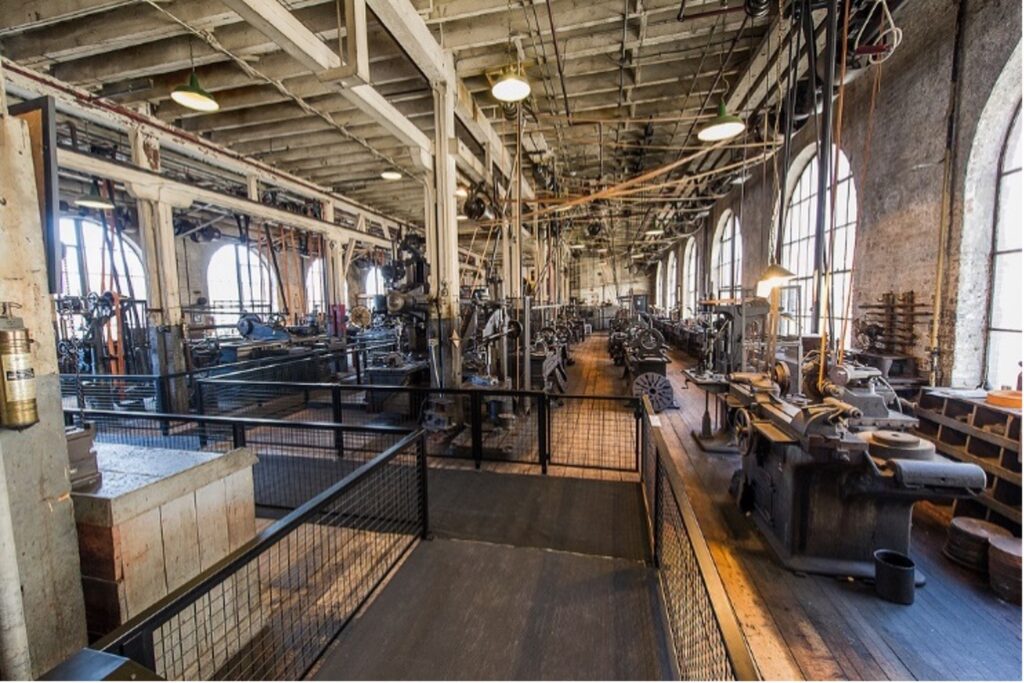
Thousands who visit the building every year find the old red brick building “magical”. While Edison may not have chalked it up to supernatural forces, the hard work, curiosity and first of its kind thinking that came out of the lab conjured inventions out of thin air as if by some kind of wizardry. After all, he was nicknamed “The Wizard” for a reason.
No matter what you believe in – science or magic – Once you know what has been created here, Edison’s presence is still palpable…not only at the labs and but in your daily lives.

